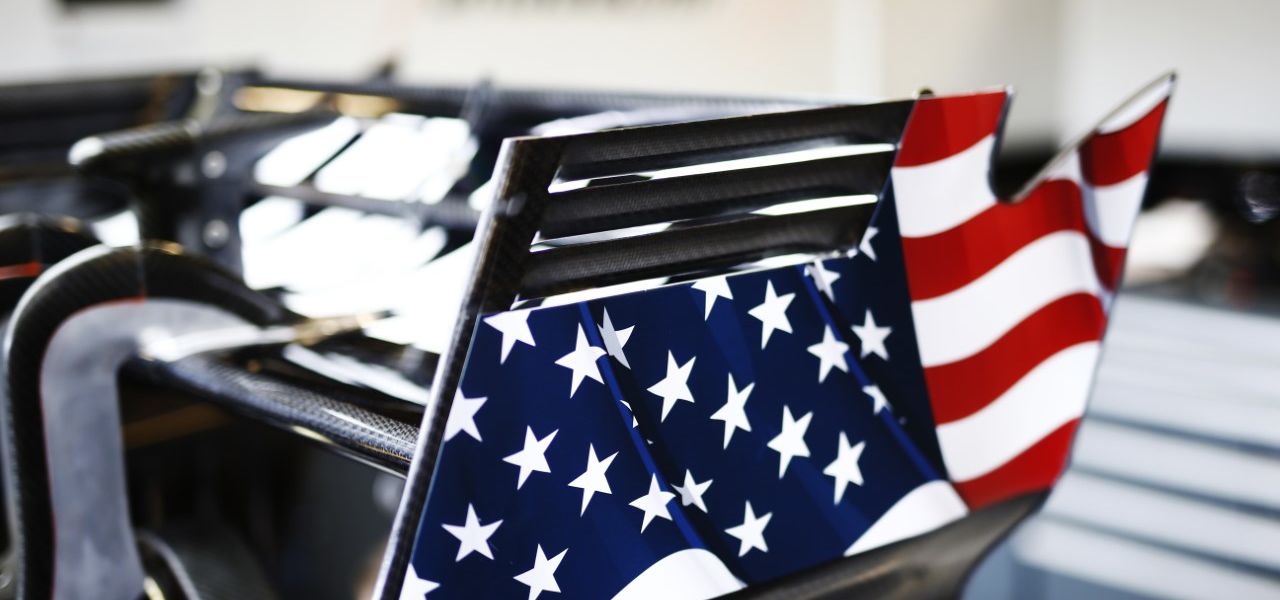Formula One’s unfulfilled dream is and has always been to expand to the USA and gain popularity in a market of 300 million people—but how can this be properly done?
Thirteen years have passed since that bizarre 2005 US Grand Prix, when Michelin’s teams decided not to race, scared of what could be the outcome of a tire exploding on the mighty Indy oval. F1 remained in the States for the next two years, but its pride had been hurt irretrievably.
F1’s journey in America has been an adventurous one, with many ups and downs along the way. It’s not so common for a country to host a Grand Prix on 13 different circuits, and it’s not a coincidence that this happened with the US.
The popularity of IndyCar and NASCAR meant F1 struggled to gain the American support it wanted. Constantly changing the venues was a way for F1 to become relevant, and earn the respect of the crowd. Some prestigious tracks have welcomed F1: Sebring, Watkins Glen, Long Beach, Indianapolis. Nothing was enough, though, to convince the fans.
But when it was announced in 2010 that F1 would have its own track in the States, the Circuit of the Americas, it marked the first step in the long journey to establishing itself on the other side of the Atlantic.
Since 2012, F1 has proved that everything is bigger in Texas. It’s not just Americans who have embraced the US Grand Prix in Austin—huge numbers of Mexican fans make the small trip into Texas to watch their heroes. Even when Formula 1 returned to Mexico City, their support at COTA didn’t deteriorate.
Nevertheless, Liberty Media wants to expand its activities in the US by adding another Grand Prix to its calendar. The proposed Miami street circuit was the chosen one, but negotiations broke down and the plan for a 2019 race was abandoned.
And that’s because while a street circuit may seem the easiest solution, it’s much more complex than it looks to get right. Building a track from scratch is a financial and commercial challenge, and that leaves the street circuit looking a more viable choice.
But designing a street layout has its own complications, given the many concerns that need to be settled with the city council and local population.
It can be done, but the biggest mistake with the Miami case was the hurry in which every party acted—besides the fact that the layout itself is a mess, if we want to be honest.
But this does not mean that F1 should abandon its expansion plan to the United States. Street circuits seem to be the perfect choice, and big cities have offered to host a second GP there, but the selection of this city is really important. Miami is one of the best candidates, plus New York, Los Angeles, even Boston or Seattle. Big cities that can draw a big crowd make headlines and have people interested in F1 genuinely, not artificially.
Apart from races, events like this weekend’s F1 Festival in Miami can act like bait to F1 fans who want to see some action. In that way, F1 can engage with its fans on another level—a level that Europeans take for granted.
The sport’s leadership should understand that the USA has nothing in common with Europe, or even Asia, in terms of marketing and promoting. Having a proper second Grand Prix, plus special festival events, are good solutions, but it will take some time for those to make a difference.
By Dimitris Bizas

